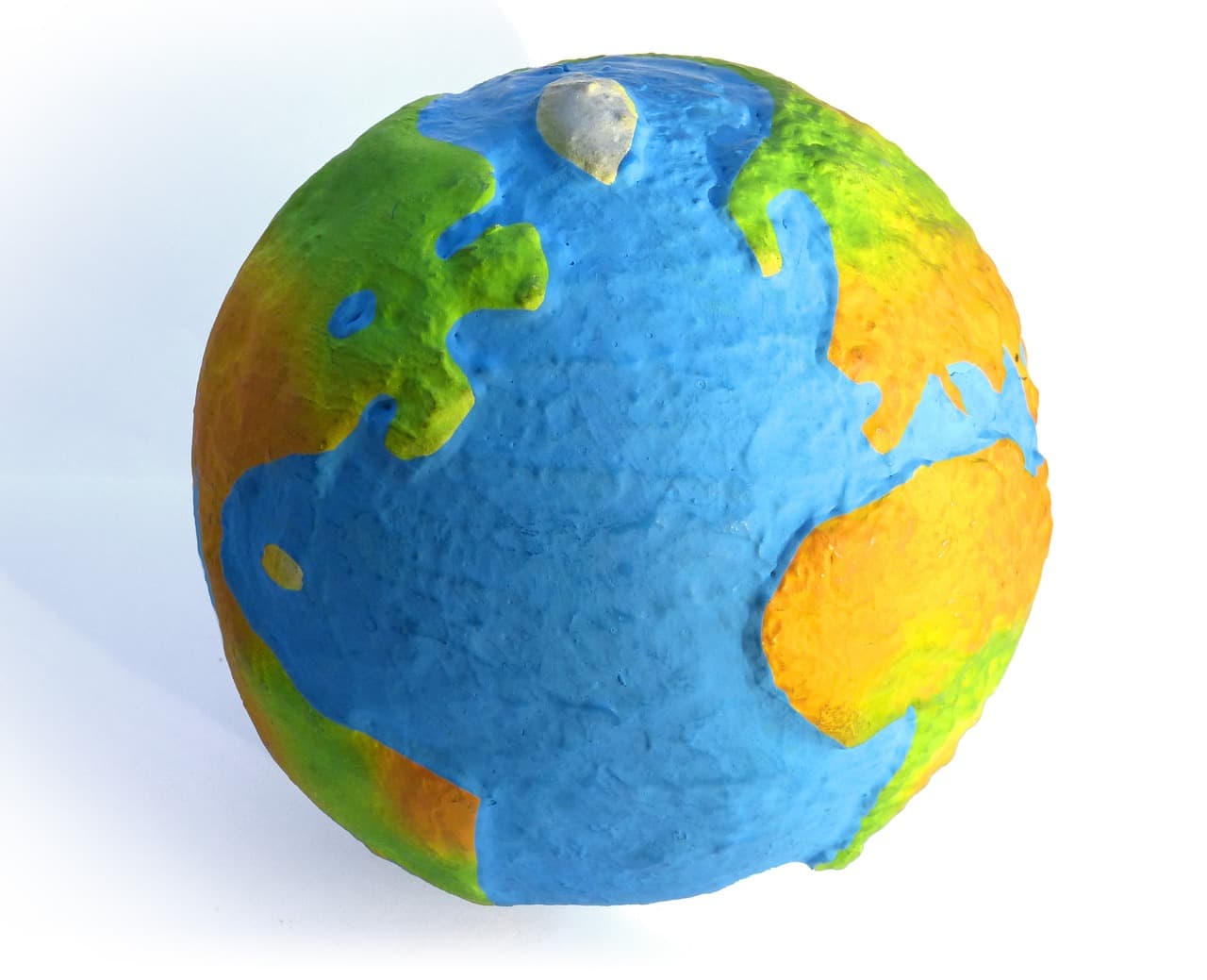
Aside from reading, writing, mathematics, and science, geography is a subject your child should be acquainted with because this enables them to know where they have been before, why places tend to differ in features and learn more about the world they live in.
Unfortunately, while the subject is important, it is not given much emphasis in many schools today because of the growing influence of globalization and the changing world economy. Some schools also focus on other subjects such as math and science.
If this is the case, why should we still focus on teaching our kids geography?
Inspire Your Kids to Learn Geography
Geography has a lot of benefits for students, especially young kids when they are introduced to the subject in school or through geography tuition.
First of all, geography enables your child to be proud of their community and country. By learning all the features of the country – from its natural characteristics, climate to important events, your child will be informed on how to protect the land, how it has changed through the years and how to introduce it to others.
Geography also enables your child to understand the world better. Through their lessons, your child will learn how to read maps, interpret them, and understand how things are done. These skills can help them in the future once they travel the world or take on advanced studies.
Fortunately, it is easy to get kids to be inspired to learn Geography and it is with the help of colorful visuals that will surely catch their attention.
Want some nice ideas to get you started?
Here are some fun geography crafts projects we definitely recommend:
Paper Mache Globe Craft
For this geography project, you and your child will be creating a fun replica of the world we are all living in today. You can use the globe to teach your child basic facts about the planet like the 8 continents of the world, the vast oceans surrounding them, and where your country is located.
To do this project, you will need the following materials:
• Newspaper
• Scissors
• Glue
• Balloon
• Mixing Bowl
• Paint
• Brushes
Step 1: Blow up a balloon that would serve as your mold for the paper mache globe. Make sure the balloon looks round enough to match the shape of the Earth. Once it is in the right size, tie its ends tightly.
Step 2: Tape the balloon in a base to keep it secure while you do your paper mache. You can use a mixing bowl and put the balloon on it.
Step 3: Cut strips of newspaper for the paper mache. It doesn’t have to be perfectly shaped strips but makes sure they are wide enough to help you cover the balloon.
Step 4: Start pasting the newspaper strips on the balloon with the help of glue or a paper mache mix. Cover the entire balloon and let it dry. You will know if the paper mache is dry enough for the next step when it looks hard and sturdy.
Step 5: Once the paper globe is dry enough, you can now start drawing the continents. If your kids are still young for this project, you can help them draw. As you draw, teach your child about the name of these continents and their unique features. You can even point to where your country is located.
Step 6: Start coloring the continents with green paint. If you have a globe at home, let your child touch it and feel where the mountains and other land formations are located. You can then ask them to color the areas where they felt these mountains with brown paint to represent these areas.
Step 7: Complete the globe by painting the oceans blue and draw the equator. Let the globe dry after painting!

Physical Map Collage
Instead of buying a ready-made map to introduce to your child the world they are in, why not make it with them yourselves?
To create a unique map of the world that would help your kids be familiarized with the terrain and other physical characteristics of a country or continent.
Here are the things you will need:
• Paper mache mixture or glue
• Newspaper or magazines
• Mixing bowl
• Paint
• Paintbrush
Step 1: Print a physical map photo of the country you will be doing with your child. Once that is done, outline the map in the larger board or paper.
Step 2: Cut up pieces of magazine or newspaper for the map. Try picking the ones with fun colors to represent mountains and other physical features.
Step 3: Start gluing the pieces on your outline and place them in the right areas. Layer them to look like a real map.
Step 4: Dry the map and name your map with letter cutouts or just write it on the bottom of the map.
Tip: You can also use different types of soil or sand to add more texture to the maps. Leaves can also be good materials to work with.
DIY Wall Map Frames
This specific DIY project is quite simple because you will only be creating a wall map frame that is uniquely designed to match your child’s map. However, when you do finish this project, your child will be able to see the map of the world or of your country often and be inspired to look into it.
For this project, you will need:
• A board that fits your child’s map
• Wood strips for the frame
• Glue
• Map
• Extra decoration
• Optional: Glass
• Wall hook
Step 1: Stick the map on the wood with the help of glue. Gluing the map ensures it will not move about while you decorate.
Step 2: Place the strips of wood strips to serve as the frame. Let your child decorate them once you stick the strips down. Just make sure your kids won’t stick pieces on the map because they may cover an area by accident.
Step 3: Place your finished map on the wall. You can also cover your child’s map with a clear glass to protect it from damage.
Little Passports World Kit
If you do not have time to make a craft project, you can buy your child a DIY Geography Traveler Kit from Little Passports.
This DIY Geography Travelers Kit will introduce your child different geography concepts every month in fun and colorful activities. When you sign your child up, they will receive a starter kit which comes with a world map, an activity booklet, and a suitcase to help your child imagine they will travel the world through the activities.
The concepts that will be explored through the activity are immense and it will cover everything geography teaches: from landmarks, natural wonders, climate, history, and others.
Subscriptions start at $18.95 per month and you can cancel the subscription at any time you want.
Final thoughts
When trying to teach our child about the world we live in, we should not just focus on the state of the global economy or how globalization changes how things work because it is only a small part of what the world is all about. The concepts of the global economy and globalization are also very complicated to understand, which can be overwhelming for kids to listen.
Before we explain these complicated concepts about the world, it is important we start with the simple things and teach them the basics by teaching them geography. Geography will help them not just become familiar with the physical traits and quirks of the planet; but also, how one’s actions can make a difference as seen in globalization and the global economy.
With the help of the geography crafts, we listed above, you can easily help your child see the world with a better understanding and mindset and inspire them to see more.
There are many ways to inspire your child to learn, here are some articles to guide you:
Maximize Your Potential by Understanding Learning Styles
How Tutors Can Use Concept Mapping To Assess Their Students

